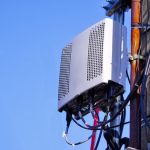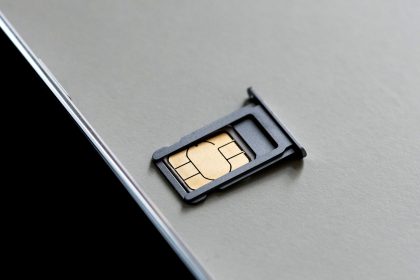Tesla, one of the world’s popular electric vehicle (EV) manufacturers is gearing up to launch its highly anticipated robotaxi service on October 10.
Tesla’s CEO, Elon Musk, has been vocal about his vision for a world where self-driving cars dominate the roads, and the robotaxi project is central to that dream.
But what exactly is the robotaxi service, and how does it work? Here’s everything you need to know about Tesla’s move into the world of autonomous ride-hailing.
What is a Robotaxi?
A robotaxi is a fully autonomous vehicle designed to operate as a taxi without the need for a human driver. Tesla’s robotaxi fleet will consist of self-driving electric cars that are equipped with the company’s advanced Full Self-Driving (FSD) software. Customers can hail these cars using an app, just like other ride-hailing services (e.g., Uber and Lyft), except these cars will drive themselves.
Tesla’s Full Self-Driving (FSD) Software
At the core of the robotaxi service is Tesla’s FSD software, which is currently in the beta phase. This software enables the car to navigate roads, recognize traffic signals, stop at crosswalks, avoid obstacles, and make complex driving decisions.

Tesla has been refining this technology through millions of miles of real-world data collected from its existing fleet of vehicles. As the FSD software reaches new levels of sophistication, it brings Tesla closer to achieving full autonomy, which is critical for the success of the robotaxi service.
How Does It Work?
Tesla’s robotaxi system is expected to function much like popular ride-hailing apps but with an autonomous twist. Once the robotaxi service is launched, users will be able to request a ride via the Tesla app. A nearby autonomous Tesla vehicle will arrive, pick them up, and take them to their destination without the need for a driver.

What’s unique about Tesla’s approach is that Tesla owners themselves could potentially add their vehicles to the robotaxi network when they’re not using them. This means car owners can earn money by allowing their cars to operate as robotaxis when they are not in use, providing a way for Tesla vehicles to generate income for their owners.
Safety Concerns and Challenges
While Tesla has made significant strides in autonomous driving technology, there are still ongoing debates about safety. Fully autonomous vehicles need to handle a wide range of scenarios flawlessly, from bad weather to unpredictable human drivers.
Tesla has promised that its robotaxi vehicles will be among the safest on the road, but this remains a concern for regulators and the public.
Additionally, regulatory hurdles are another significant challenge. While some regions, such as California, have been relatively welcoming to autonomous vehicle testing, others may be slower to adopt the necessary regulations for commercial robotaxi services.
Telse RoboTaxi Competition
Tesla already has competition with its RoboTaxi. Google’s autonomous taxi service Waymo has already started operations in the US in three cities.

According to Google, Waymo has gained a lot of traction and has surpassed 100,000 rides.
What’s Next for Tesla?
Beyond the robotaxi service, Tesla is also working on other initiatives related to autonomy, such as its Dojo supercomputer, which is designed to accelerate the training of its AI driving software. As Tesla continues to improve its technology, the company is expected to play a major role in shaping the future of mobility.
Catch up on news and other tidbits on our WhatsApp Community Page, Twitter/X, and subscribe to our weekly newsletter to ensure you don’t miss out on any news.










